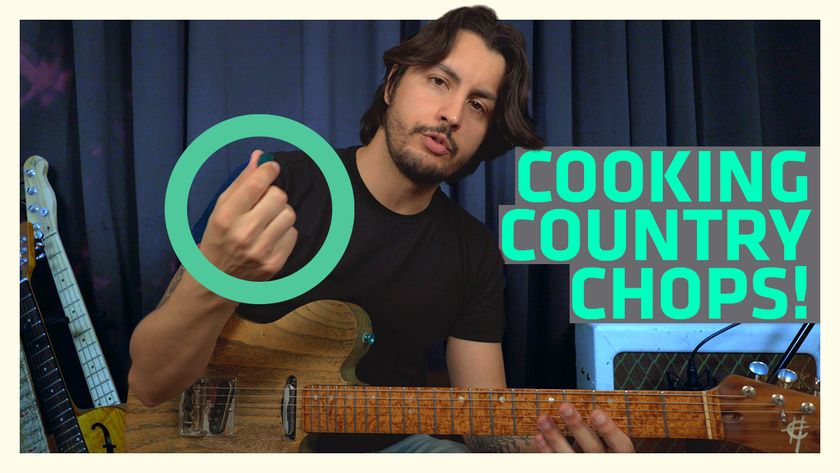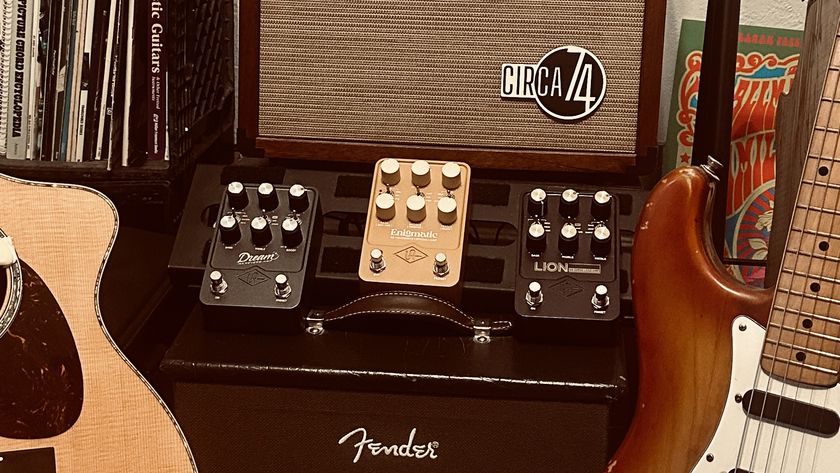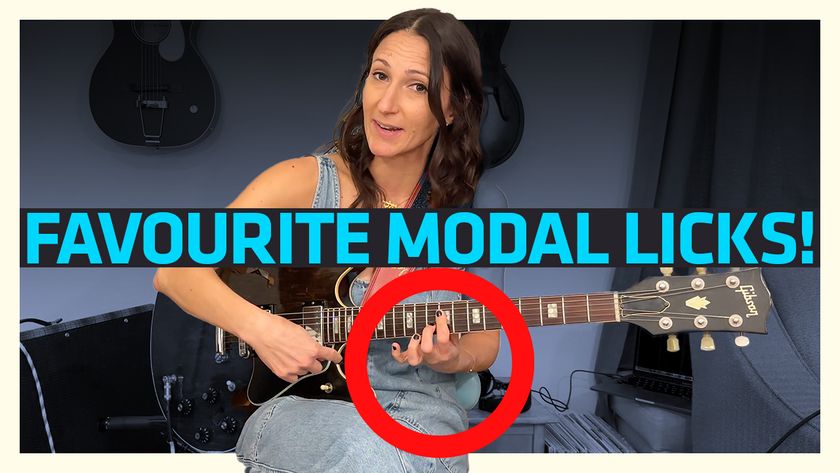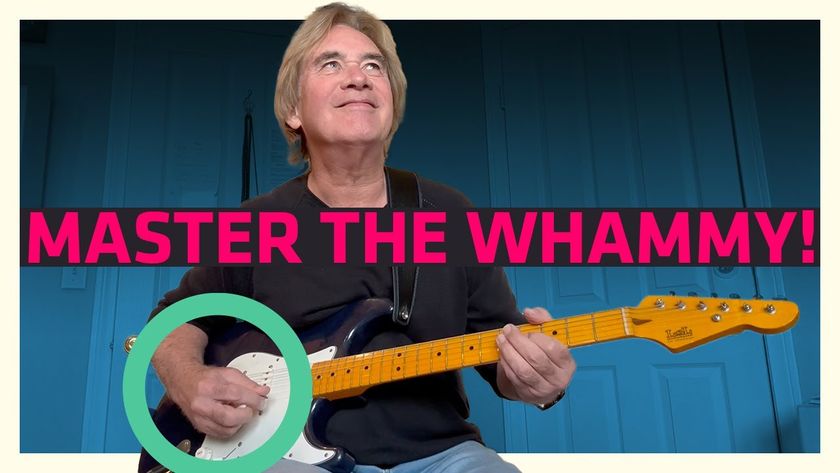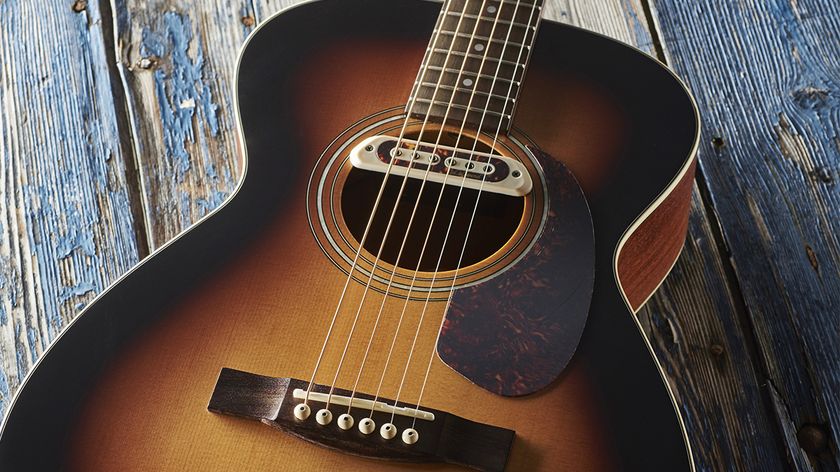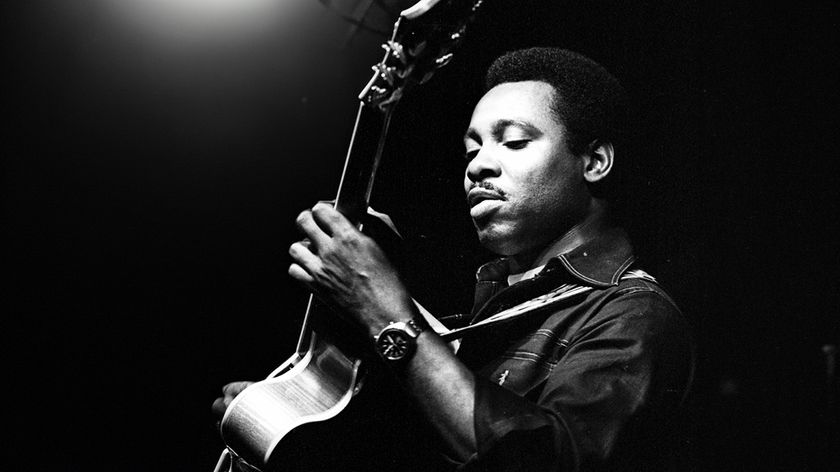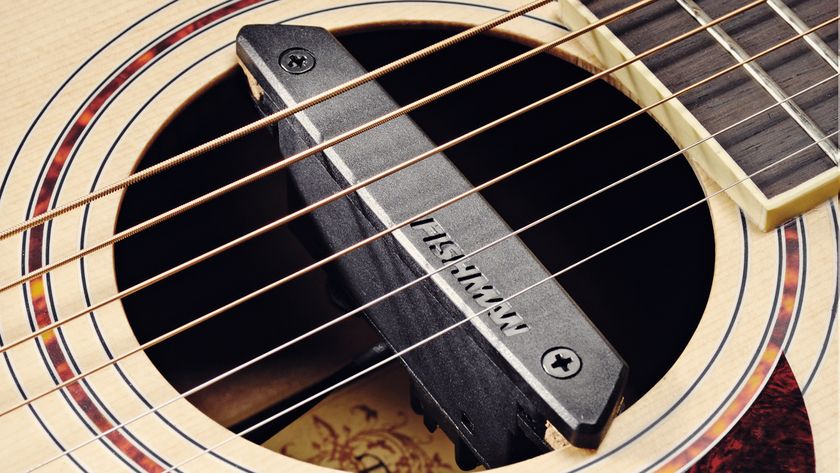Learn 'The Eddie Van Halen Scale' in This Short, Simple Lesson and Add Some Attention-Grabbing Passages to Your Solos
Discover the memorable, three-notes-per-string symmetrical pattern that Ed frequently used for both major and minor keys
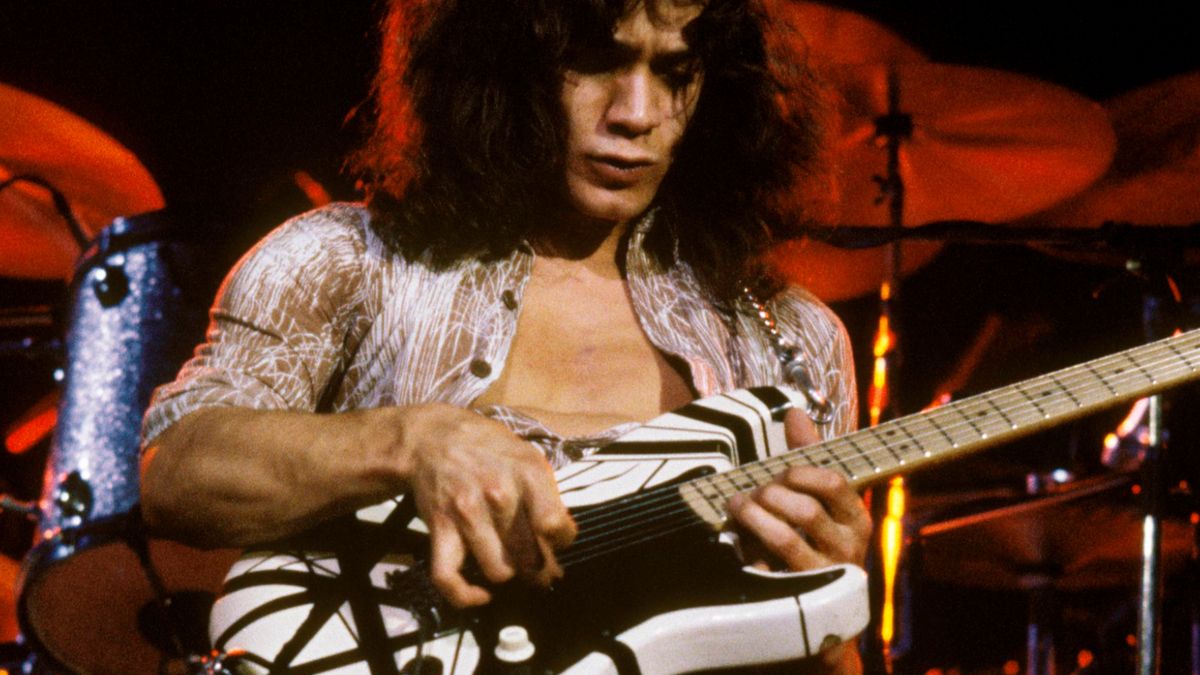
Eddie Van Halen brought a whole new level of technical excellence and expressive playing to the guitar when he emerged on the scene in the late ‘70s.
Picking up where Jimi Hendrix, Jimmy Page and Jeff Beck left off, Ed used some unconventional techniques – most notably tapping – to create a wild style that would forever raise the bar on rock guitar playing.
In fact, his work on the early Van Halen recordings still sounds fresh today, and his style remains an essential study for any serious rock guitarist.
Deservedly, Ed’s technique is the subject of most conversations when it comes to his playing. But his melodicism and, specifically, his note choice are also worthy of exploration.
In this lesson, we’re going to focus on something we call “The Eddie Van Halen Scale,” a symmetrical, three-notes-per-string pattern that Ed frequently used for both major and minor keys.
FIGURE 1 shows the EVH scale in E:

You can hear Ed play this scale in the key of E on many Van Halen songs, including “I’m the One,” “On Fire” and “Ice Cream Man,” all from the band’s 1978 self-titled debut.
Ed also plays the scale in Bm on “Somebody Get Me a Doctor” (Van Halen II), Am on “Spanish Fly” (Van Halen II), Ab on “Jump” (1984) and C#m on “Source of Infection” (OU812).
A word of warning is in order: Due to the inclusion of conflicting degrees – b3 and 3 (G and G# in the E scale) and b7 and 7 (D and D# also in the E scale) – it’s best to reserve this scale for speedy passages in your own playing.
Within the scale, Eddie often uses six-note fragments, as shown in FIGURE 2 below, either in passing or repeated in position.
Follow the indicated pick strokes and consider slightly palm-muting each grouping to yield a tighter, punchier sound.
FIGURE 2
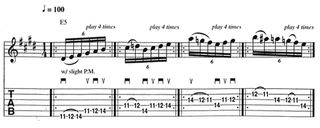
FIGURES 3 and 4 show how these types of moves might be stretched out into longer lines like Ed often did at the end of songs while the bass holds down a low E.
FIGURE 3
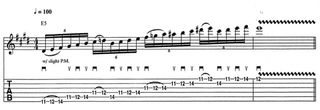
FIGURE 4

Take your time working with the scale, and then see how you can fit it into your own playing to add some attention-grabbing passages to your solos and licks.
Get The Pick Newsletter
All the latest guitar news, interviews, lessons, reviews, deals and more, direct to your inbox!

"It’s like you’re making a statement. And you never know where it’ll lead." Pete Thorn shares the tip that convinced Joe Satriani he was the right guitarist for the SatchVai Band

"This is something you could actually improvise with!" Add vibrant rhythms and sophisticated chords to your guitar playing with Jesse Cook’s five essential flamenco techniques

